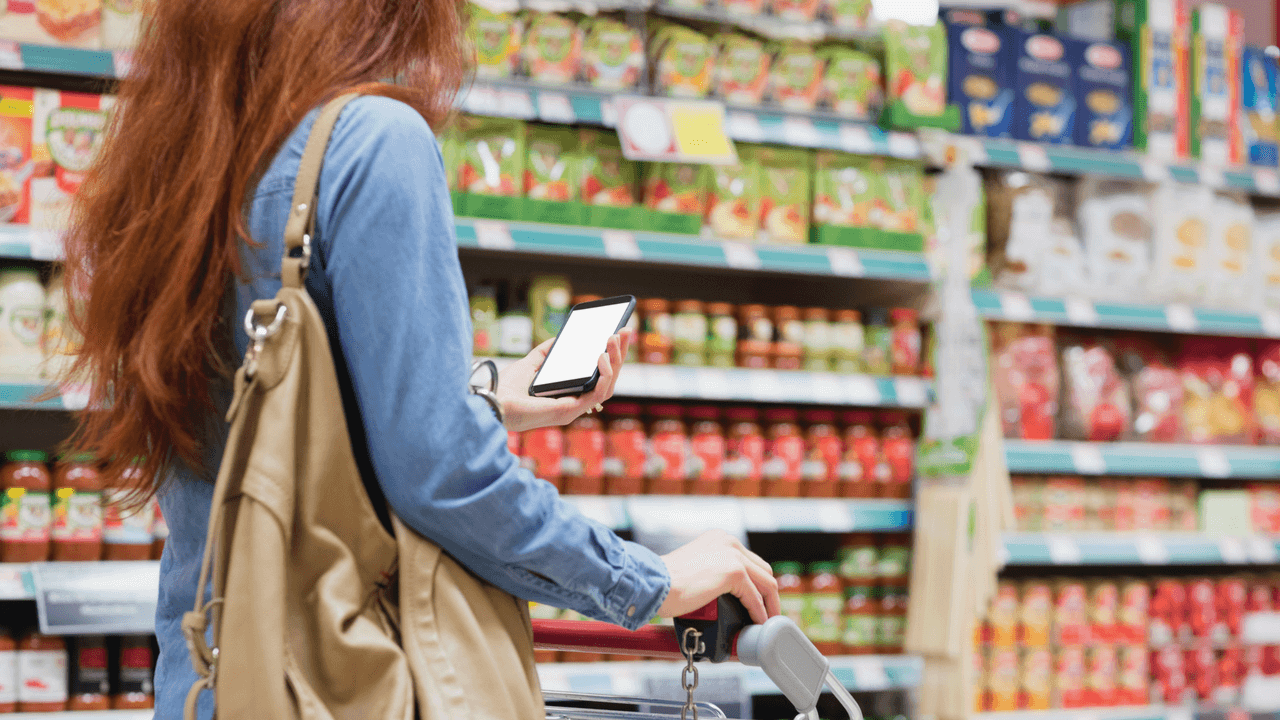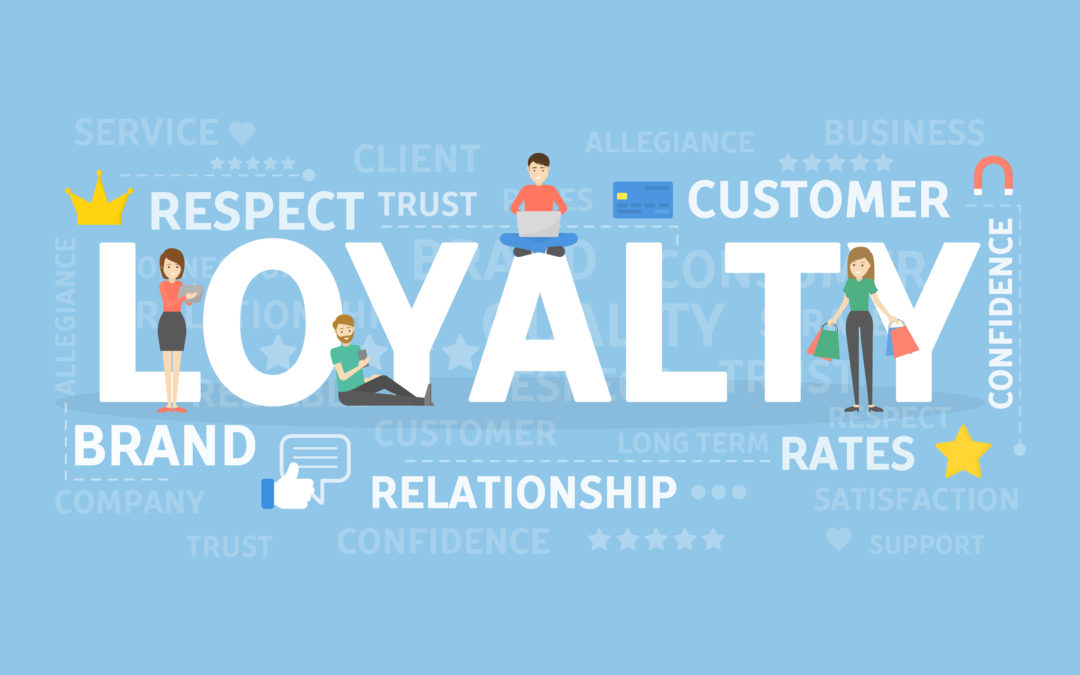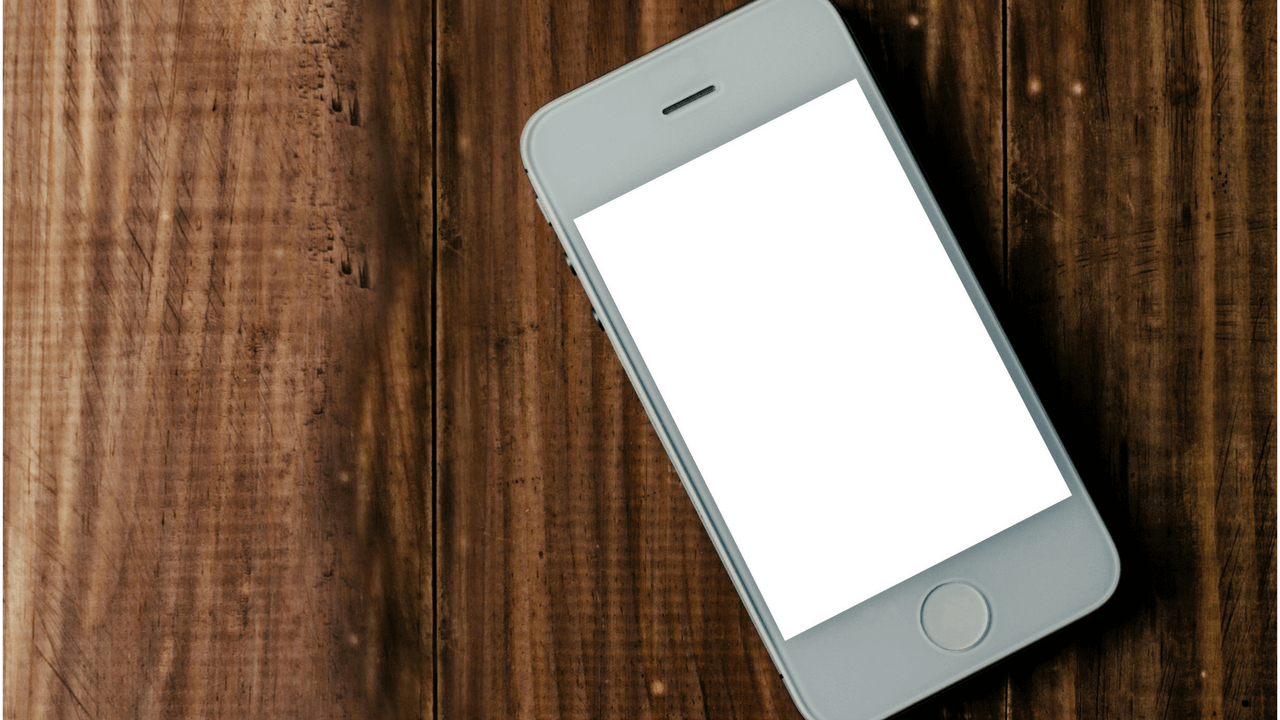- Design industry shaping loyalty programs
- Integrate easily and go live quicker
- Deliver hyper-personalized consumer experiences
Blue Rewards from Al Futtaim Group Shares Loyalty Success Stories and Evolution. Watch Podcast >
Capillary Announces 2nd Annual Captivate 2025 Summit: Transforming Loyalty Management with New AI Tech Read more >

The retail universe is expanding and shrinking at the same time. Expanding thanks to a plethora of brands offering a range of lifestyle products catering to every age group. And shrinking because the divide between online and offline marketing channels is – well –distinctly a blur today. With digital and social channels having become an integral part of the traditional marketing mix, brands are going all out in all directions to drive more customer engagement through meaningful conversations; effect more conversions; and grab a larger part of the market share. Does this mean online marketing success has eaten into in store engagement and sales? The answer is a resounding NO.
Social and digital underpin the physical
Marketers today are realising the importance of integrating their online and offline marketing strategies with both complementing one another when it comes to customer engagement. Social media is a big enabler here. Brands are deploying advanced tools to monitor conversations on social media to acquire a deeper understanding of customer needs, preferences, and purchase behavior. This understanding eventually fuels strategic in-store decisions pertaining to sales and marketing. A study by Kissmetrics reveals that a whopping 61% businesses use social media to identify and attract new customers. Adoption of social media by small businesses has doubled from 12% to 24% in the last year. Two success stories of brands leveraging social media to propel their in-store sales are The Crème Brûlée Cart and Joie De Vivre Hotels. Crème Brûlée Cart took to Twitter to inform customers about their next destination and this strategy helped their offline business acquire 12000 followers. Joie De Vivre Hotels utilized a combination of Twitter and Facebook to offer customers discounted room rates, leading to over 1000 bookings in less than a year. Then again, customers have become smarter than before and almost all purchase decisions are preceded by an in-depth online research on brands and products. Over 83% shoppers look for products online before checking them out in a physical store and by having a great presence online, brands can gain more visibility and hence drive more traffic in-store. A classic example of a brand that perfectly fused its offline and digital imprint is fashion retailer Burberry. In December 2012, the brand unveiled its biggest flagship store in Michigan Avenue that was a head-turner because of its classic storefront that was strikingly digital – iPads to entertain kids; live fashion shows streamed on video screens; and the ever famous ‘Burberry Bespoke’ – a digital enterprise that allows customers to customize Burberry trench coats from over 12 million designs to suit their personal preferences. As a result, Burberry’s annual revenues for 2012-13 hit a record high of £2bn and Q1 retail sales for 2013 rose 18%.
Geo-location services: the storefront’s green traffic signal
Brands are increasingly using technology to drive more footfalls in their brick-and-mortar stores. By listing their locations on online location based services like Google Places and Bing Maps, businesses are further narrowing the distance between their physical storefronts and the end customer. Given that 20% of Google searches are location specific, it is no wonder that there are over 4 million business listings on Google Places.
Online advertising to boost offline sales
With the advent of group buying sites like Groupon, online retail marketing has taken a massive leap forward. According to statistics, 1155 people purchase group deals on Groupon on a daily basis. Think about the impact this can have on an offline store! Stone Korean Kitchen, a San Francisco based restaurant serving Korean cuisine sold 2600 groupons in one day and was overbooked for both lunch and dinner for the next two months. Smart marketers know that when it comes to advertising, nothing can beat traditional banner ads. Retailers strategically use banner ads on highly trafficked web pages, thereby increasing brand visibility and driving more leads back to the store. Chicago based food conglomerate Quaker Oats put up its ‘Humans Go’ campaign online on Yahoo as a banner ad and was able to reach 156 million users in the US after the ad went live. This advertising effort not only gave them more visibility through high search engine rankings, but also impacted short-term sales by more than $1.2 million.
Amazon Flow: Won’t kill offline retail
The market today is abuzz with reports on how Amazon is going to cannibalize sales from brick-and-mortar retailers. So when they recently launched an uber cool mobile app Amazon Flow, it was seen as the possible end of the physical storefront. The technology is futuristic: Amazon Flow helps customers compare prices of products in retail stores simply by waving their smartphones, and then throws up a list of similar products that are available for sale on the Amazon online store – all this in real time. So will this signify a death of retail? Far from it, actually! An important factor that comes into play when making crucial shopping decisions is the experience a customer gets with ‘look, touch, and feel’. However competitive the pricing may be in an online store, there is nothing more gratifying than picking up a favorite piece of apparel or footwear, trying it on for satisfaction, and going back the same moment with the proud purchase in hand – three things an online store will never ever be able to offer its customers.
Online + Offline spells success for the brand
Customers don’t differentiate between channels. To them, it is the brand they are looking at, whether in a physical store or in an online retail platform. Channel notwithstanding, they will continue to seek the same delightful experiences and shopping conveniences from the brand. Smart retailing in the context of a digitally enabled world is all about blending brick-and-mortar and digital platforms to create an omnichannel universe that allows customers to shop when they want to, from where they want to, and how they want to with utmost flexibility. Brands like Walmart have taken retailing to a whole new level by diminishing the fine line between online and offline shopping. Their highly successful ‘Site to Store’ concept helps customers order products online and pick them up later in-store, thereby offering convenience plus the look-touch-feel factor. Recently, Indian food chain Oriental Cuisines launched its eCommerce site for its food outlet The French Loaf that enables customers to order a cake online which is then processed at the nearest physical outlet to deliver the cake – a perfect harmony of offline and online processes to deliver heightened customer experiences. Walmart has plans to deploy is 10,000 brick-and-mortar stores to fulfill online orders while Amazon is already in talks to partner with in-store retailers to meet customer demands for direct product access. Amazon.in has gone one step further – by providing cataloguing support to brick-and-mortar retailers with quick turnaround times, enabling physical stores to sell their products online with almost no set up costs – an Amazon seller initiative introduced for the first time in India.
The mantra for success is simple: deploy the right techniques across the right channels to drive the right customers at the right time to enable a perfect sale. This is the era of connected retailing – brands are using online data like website traffic and social conversations to increase footfalls in their physical stores. It is this offline-online synergy that will help brands stay ahead of the pack and acquire what every retailer dreams of in today’s highly competitive world – increased revenues and customer mindshare.
Ajay Modani, Co-founder

November 3, 2018 | 4 Min Read
Brand Loyalty as a product presents unique opportunities whi

October 15, 2012 | 4 Min Read
When Apple announced its new Passbook feature with the new i

April 2, 2014 | 4 Min Read
The retail universe is expanding and shrinking at the same t